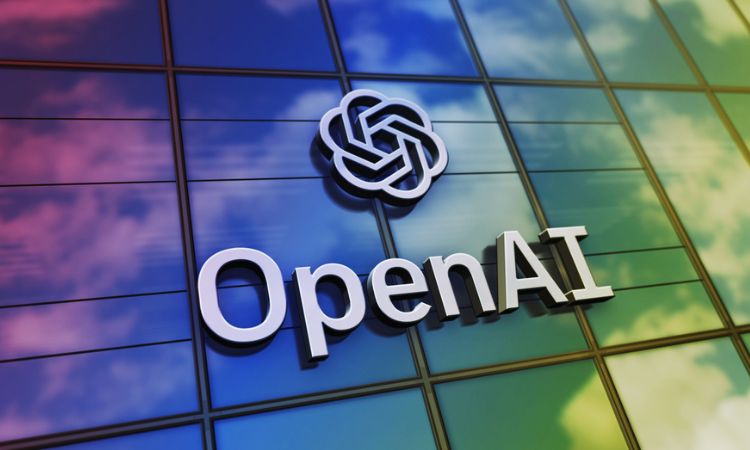San Francisco, September 6, 2025 — OpenAI has sharply escalated its financial outlook, projecting cumulative spending of US$115 billion through 2029, according to The Information. The revision represents an increase of US$80 billion from earlier forecasts, cementing the company’s position at the center of one of the most capital-intensive technology races in modern history.
The figures highlight how the development of advanced artificial intelligence systems—from large language models to autonomous agents—is driving unprecedented demand for computing power, energy infrastructure, and proprietary chip design.
Runaway Burn Rates
OpenAI’s cost structure is rising at a pace rarely seen, even in Silicon Valley. The company now expects to burn:
- US$8 billion in 2025, up from earlier estimates of US$6.5 billion.
- US$17 billion in 2026.
- US$35 billion in 2027.
- A staggering US$45 billion in 2028.
By 2029, the cumulative figure will surpass US$115 billion, an amount that rivals the entire market cap of some of the world’s largest technology firms.
Industry analysts say these levels of spending are not just about scale—they reflect the increasingly competitive nature of AI, where companies like Google DeepMind, Anthropic, and Meta are all racing to secure leadership in model development and monetization.
Betting on Proprietary Hardware
One of OpenAI’s most ambitious moves is its plan to reduce dependence on third-party suppliers by building its own server chips. Developed in partnership with Broadcom, these chips are slated to debut in 2026 and will be reserved exclusively for OpenAI’s internal use.
The decision is significant. At present, OpenAI relies heavily on Nvidia’s GPUs, which dominate the AI compute market but come with supply bottlenecks and rising costs. By investing in custom silicon, OpenAI hopes to secure a measure of autonomy while optimizing hardware for its specific AI workloads.
Data Centers at Gigawatt Scale
Complementing its hardware strategy, OpenAI is also expanding its data center footprint through collaborations with major partners. It is working with Oracle and Google Cloud, while spearheading the US$500 billion Project Stargate, an ambitious data-center initiative supported by SoftBank.
A flagship element of this plan is a 4.5-gigawatt data center under construction with Oracle, designed to handle next-generation AI workloads at global scale. To put that in perspective, 4.5 GW is nearly equivalent to the output of four nuclear reactors, underscoring both the vast energy demands and the environmental implications of training frontier AI systems.
Financial and Strategic Risks
Despite its bold vision, OpenAI’s spending spree raises critical questions about sustainability. Burning tens of billions annually will require consistent revenue streams, likely from a combination of enterprise licensing, AI-agent deployment, and consumer-facing subscriptions.
Skeptics argue that the company risks outpacing demand, especially if regulatory scrutiny intensifies or if AI adoption slows in key industries. Others point to the possibility of “AI bubbles,” where investment expectations run far ahead of actual monetization opportunities.
Still, proponents say the outlay is necessary. “Whoever controls the infrastructure controls the AI future,” one analyst noted. By investing aggressively, OpenAI ensures it is not held hostage by suppliers or geopolitical chokepoints in semiconductor supply chains.
Implications for Asia
OpenAI’s plans have global ripple effects, particularly for Asia. Southeast Asia is emerging as a crucial growth region for cloud services and AI infrastructure. Countries like Malaysia, Singapore, and Indonesia are positioning themselves as hubs for hyperscale data centers, offering competitive electricity prices and proximity to fast-growing digital economies.
OpenAI’s infrastructure push—if extended beyond U.S. borders—could catalyze new investments in the region, though questions remain about regulatory compliance, energy security, and environmental costs. Moreover, with China doubling down on homegrown AI chips and large models, the battle for AI leadership is likely to intensify across the Pacific.
A Gamble That Could Redefine the Tech Landscape
The sheer scale of OpenAI’s planned spending underscores a broader reality: AI has entered an era where only firms with trillion-dollar balance sheets or deep-pocketed backers can compete at the frontier. For OpenAI, the backing of Microsoft and partnerships with tech giants provide a safety net, but the risks are enormous.
Whether this bet pays off will depend not just on technological breakthroughs but also on OpenAI’s ability to turn research into sustainable revenue, navigate regulatory minefields, and secure public trust. If successful, the company could reshape global industries; if not, its US$115 billion gamble could become one of the largest cautionary tales in tech history.





